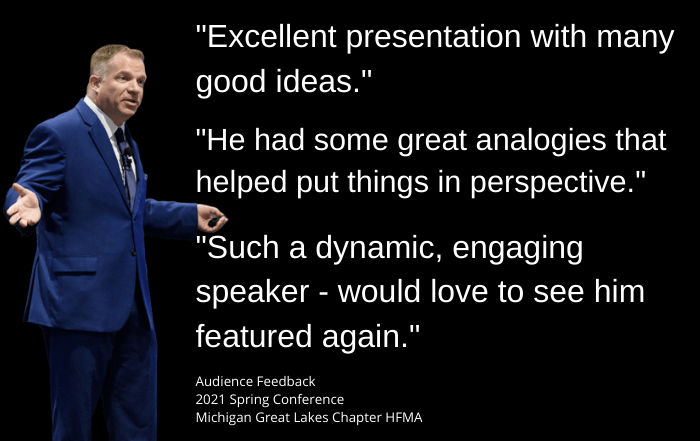 On the job, you will encounter adversity but do you understand the challenge you’re facing? That can play a key role in how you respond. It’s possible that you may do something that accomplishes nothing.
On the job, you will encounter adversity but do you understand the challenge you’re facing? That can play a key role in how you respond. It’s possible that you may do something that accomplishes nothing.
Not every situation requires the same response or the same set of skills. Let’s go back to my TV news days and consider how reporters understand the challenge of journalism.
- On a normal day, you’ll have limited time to interview people and get cover video for your story. But it’s doable.
- With breaking news, the challenge is getting information and visuals, when there may not be much available. You also have to do this with very little time before you go on the air.
- When covering election night, the challenge becomes more logistical. You’ll need to interview the winning and some losing candidates. You’ll know where they’ll be after the polls close. You may need to interview several candidates who are spread throughout the viewing area. Travel time is your enemy.
- Finally, reporters encounter slow news days. These may see you work twice as hard, as you’re trying to take an average story and make it more relevant for the viewer, through storytelling and visuals.
All of these scenarios present different challenges that require slightly different skills. And you’ll find a few reporters are better at some than others. In any case, you have to understand the challenge of the day.
In your workplace, how are you leading during challenging times? Are you asking people to solve different problems in the same way? That may not produce the success you need.
Consider these tips to help you respond to adversity and understand the challenge:
Skills
Do people have the skills needed to address the issue? Can they be learned quickly?
Some leaders will bring in outside experts, while others will invest in training, if it seems like the challenge will become an ongoing issue.
During annual performance reviews, it’s good to go over employee talents and skills that people may have but don’t use in their current positions. Tapping into those resources may save you money and provide some new engagement for employees.
Staffing
Think about the kind of response you need for the challenge and how many people must be involved. Sometimes an all hands on deck approach is needed but does that mean other work is not getting done?
If the challenge is here to stay, you may need to hire some new people. Another option is to change staff responsibilities.
Perhaps you can replace people or free up their time with software. Understand if daily busywork needs to be done by a person or if automation can take on the task.
Time to Understand the Challenge
When facing a customer service crisis, it may make sense to have your sales team drop everything and help out with the challenge. But down the road, your decision may produce fewer sales.
Thinking that employees have unlimited time is a trap. There are limits to what they can accomplish.
If you keep giving people one more thing to do, then eventually productivity will fall and burnout will increase.
Think of employee time as a precious resource. The right solution for your challenge may see some tasks pushed aside or delayed.
Think Before Rushing
While speed is often important in challenging situations, don’t rush decisions. Consider the issue, run through your options, and then brainstorm potential problems or unintended consequences that could appear.
You don’t have to do this by yourself and the process will likely be improved if it is a team activity. There may be no great solution but you want to make an actionable decision that comes with understandable consequences.






